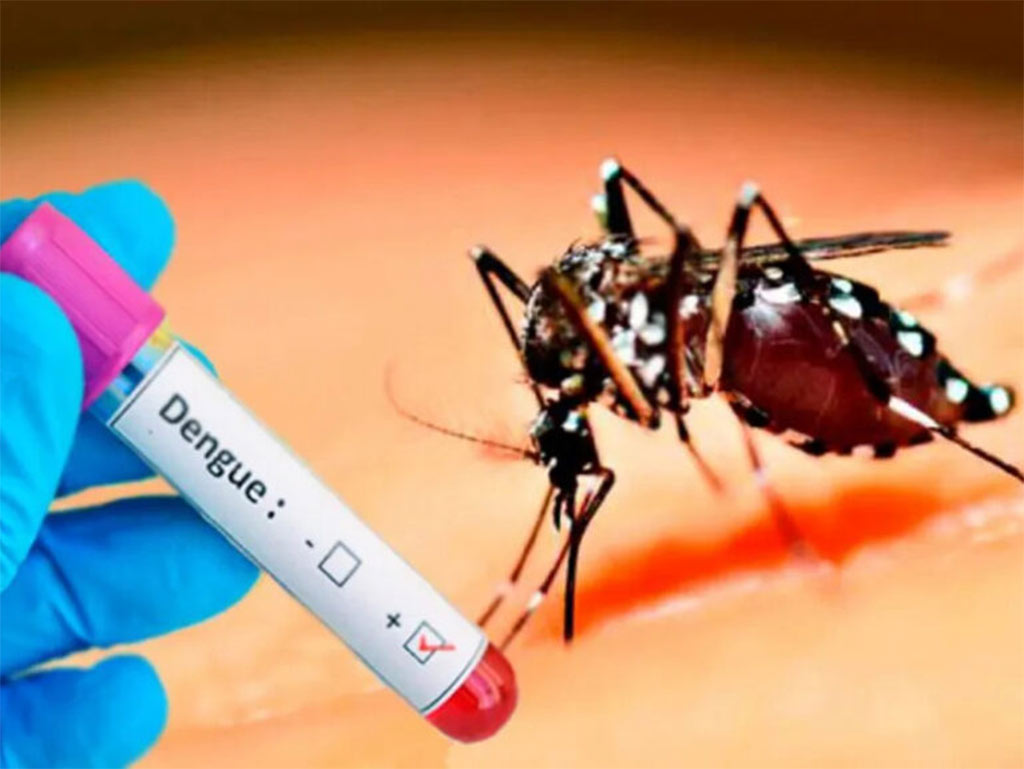We have almost a 12 times growth, it is a trend that has been observed for some time, even since last year, when the number of cases in 2023 was already much higher than in 2022.
We had at some point, especially in the second half of the year, a tendency to an outbreak, Dr. Juan José Romero, epidemiologist at the National University of Costa Rica, explained.
This year, 243 minors were diagnosed with the disease at the National Children’s Hospital; 33 of them required hospitalization, he warned.
The specialist explained to Teletica newscast that serotypes 3 and 4 are the most commonly diagnosed, and the 4 is the one that causes hemorrhagic dengue.
In his opinion, a change in vector control policies is necessary, an aspect that corresponds to the central level and local governments, although each person and family must also work to reduce breeding sites, he suggested.
According to statistics, the northern province of Guanacaste is the one with the highest number of cases reported at the moment, followed by Limón.
jrr/arm/mem/al









